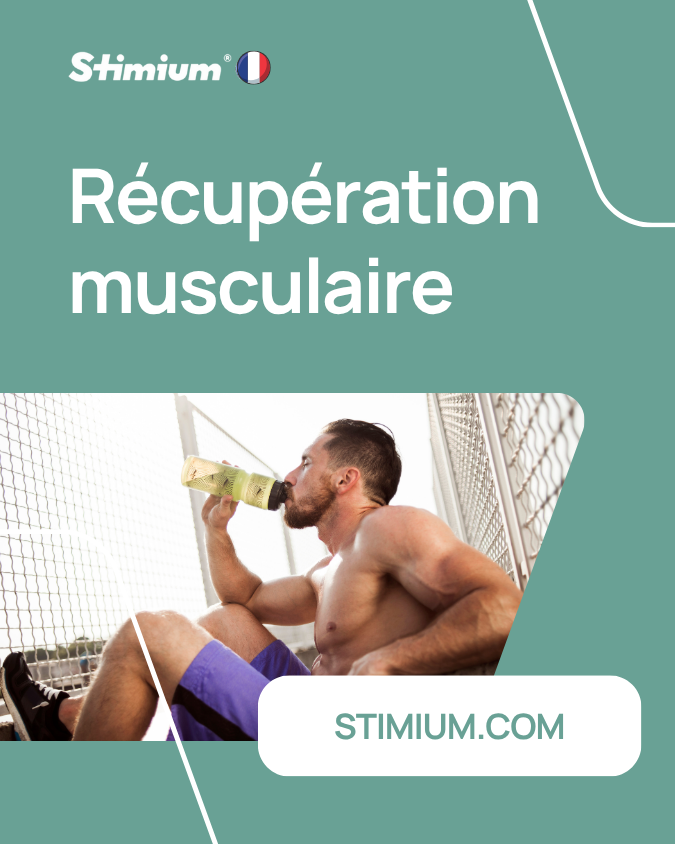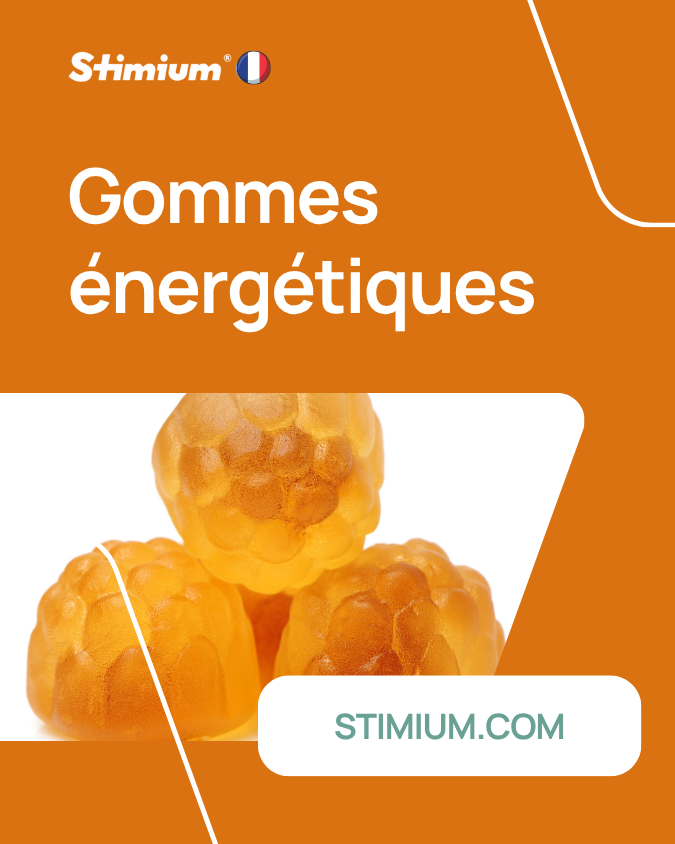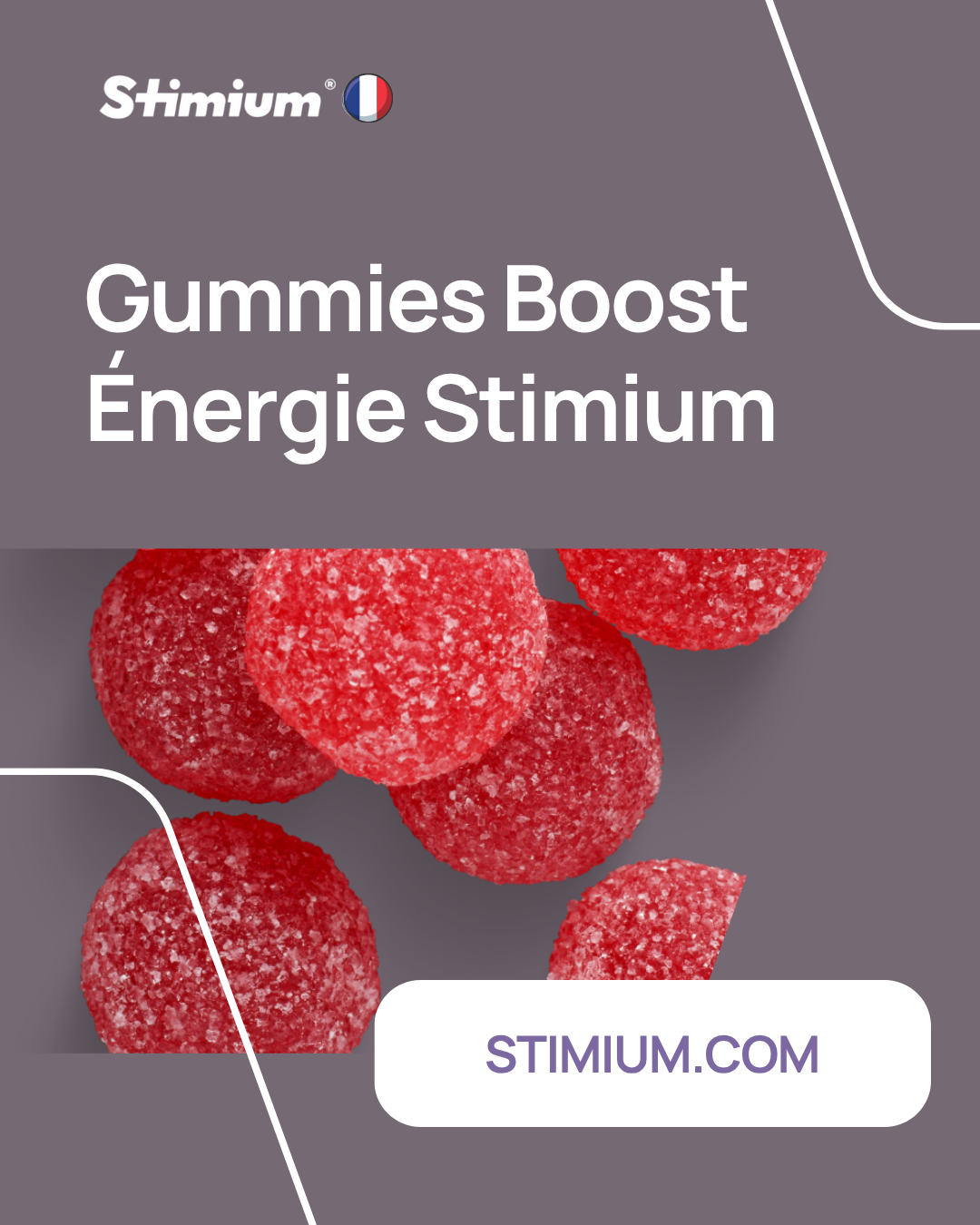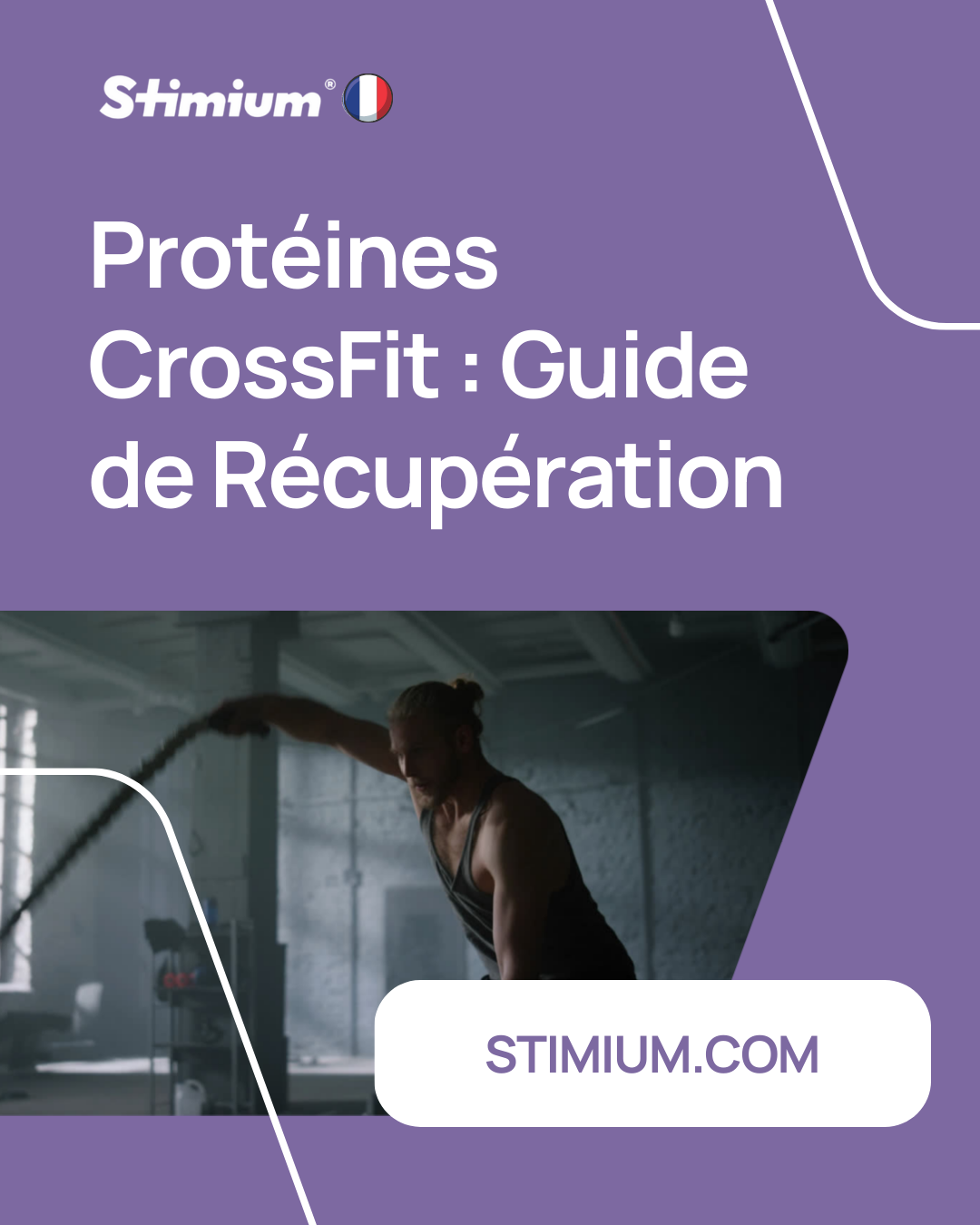Improve your VMA Speed - Expert Advice
Whether you are an amateur runner or a seasoned competitor, improving your VMA (Maximum Aerobic Speed) speed is essential to push your limits and achieve new running performances. Accessing a personalized VMA training program and following expert advice is the preferred path to success. Whether for a 10 km or a marathon, the development of the VMA is an essential factor for any serious athlete wishing to improve their endurance capacity and cruising speed.
Key Points to Remember
- VMA is a key indicator of running performance.
- A suitable training program is essential to improve your VMA.
- Personalized training allows you to optimize progress according to the objectives and level of each runner.
- The diversity of sessions and controlled intensity are crucial to stimulate physiological adaptation.
- Expert advice will guide you effectively in the development of your VMA.
Introduction to Maximal Aerobic Speed (MAV)
Essential for any runner looking to improve their performance, VMA, or Maximum Aerobic Speed, is the central pillar on which the ability to excel in running is based. Understanding and determining your VMA is essential to progress. Indeed, a high VMA is synonymous with optimal maximum O2 consumption, reflecting cardiovascular health and physical condition at the peak of their possibilities.
Definition and importance of VMA for runners
Having a precise measurement of their VMA allows the athlete to adjust their training sessions to best develop their aerobic capacity. When it comes to VMA calculation, several methods exist, from field testing to laboratory evaluations. Each runner, whatever their level, can thus know their own threshold and set suitable training objectives.
The benefits of a high VMA for running performance
Running faster and longer, this is the advantage conferred by an excellent VMA. Indeed, improving your VMA means increasing your running performance, by allowing sustained efforts at high speeds. This translates concretely into the ability to maintain fast pace over long distances, an undeniable asset whatever the competition envisaged.
The Fundamentals of the VMA Test
The VMA test is a crucial step for any runner aspiring to optimize their sporting performance. This is essential not only for evaluating your VMA but also for structuring training adapted to the development of this capacity. The instructions relating to these tests must be scrupulously respected to guarantee the reliability of the results obtained. Likewise, adequate preparation is essential to approach the test in the best conditions and thus obtain an accurate measurement of Maximum Aerobic Speed.
To carry out an effective VMA test, different protocols exist, allowing you to adopt the one that best suits the athlete's profile and objectives. Field tests, such as the Cooper test or the half-Cooper test, are frequently used for their ease of implementation and accessibility. Athletes can also opt for laboratory tests offering more precise data and thus benefit from more detailed monitoring.
- Field tests require little equipment and can be carried out on an athletics track or a flat, open area.
- Laboratory tests are often done under expert supervision and may include additional measurements such as gas exchange analysis.
It is recommended to carry out a series of regular tests to monitor the evolution of VMA and to best adjust training strategies. This allows each athlete to set realistic and measurable goals, establish personalized progress plans and prepare adequately for future competitions.
Tips for an Effective VMA Training Program
The key to achieving optimal progression in your VMA training program is a personalized plan that takes into account your current level and your running goals. You should develop progressive training in volume and intensity, adapted to your ability to adapt and the effort you can provide. Here are recommendations for effectively integrating VMA sessions into your training and ensuring a noticeable improvement in your performance.
Progression and adaptation of training volume
For progression to be both effective and safe, the training volume must be adapted to the individual. Starting with short sessions and gradually increasing the volume is crucial. Concretely, this involves starting with sessions that total 2000m of effort and gradually increasing to 5000m for more experienced runners. This careful adaptation helps reduce the risk of excessive fatigue and injury.
Integrating VMA sessions into your weekly routine
The integration of VMA sessions should not be left to chance. For optimal physical adaptation, include at least one VMA session per week during the general development cycle. As your training volume increases, it also becomes wise to maintain a VMA session every two weeks, at a minimum, during the specific work cycle. This allows your body to get used to the effort required for a high VMA, which contributes to better performance in competition.
Techniques to Improve your VMA
To exceed your personal bests and increase your VMA, it is essential to vary the types of exercises in your training. This involves introducing short, medium and long intervals, taking into account your performance goals. Each type of split has a different impact on the cardiovascular and muscular system, and when combined intelligently, they provide an overall improvement in the runner's fitness.
Variety in VMA exercises: short, medium, long
Diversity in a training program is crucial. This generates physiological adaptations which can lead to better management of fatigue and the optimization of endurance and speed capacities:
- Short VMA exercises: These consist of running distances of 200 to 400 meters or efforts of 30 seconds to one minute, at an intensity of 100 to 105% of your current VMA, followed by short recovery periods.
- Medium VMA exercises: These may include repetitions of 400 to 600 meters or efforts of 1 to 2 minutes, at an intensity close to 100% VMA, with slightly longer recoveries than for short intervals.
- Long VMA exercises: These sessions are demanding and include efforts of 600 meters to 1 kilometer, or 3 to 5 minutes, at an intensity of 95% of the VMA, the recovery being corresponding to the duration of the effort.
It is recommended to vary these sessions over the weeks to stimulate all aspects of aerobic performance and to keep motivation high through workout variety.
The importance of recovery in VMA training
An often underestimated aspect of VMA training is recovery management. The rest period between efforts must be carefully adjusted to allow the body to regenerate without falling below an intensity level favorable to improving VMA. Well-managed recovery allows the runner to maintain an effort intensity close to their maximum heart rate (MHR), thus promoting better cardiovascular and muscular adaptation.
- For short VMA exercises, a recovery time equal to the effort time, or slightly less, is often recommended.
- In the case of average VMA, recovery may be equivalent to or slightly greater than the exercise time.
- For long VMA exercises, the rest can be a little more substantial, but must remain short enough so that the work remains high intensity.
We must not forget that the objective is to strongly demand the aerobic system while avoiding early exhaustion. Recovery is therefore a key element of performance and must be in line with the variety of exercises that you integrate into your program.
VMA planning for different runner profiles
VMA planning is an essential step for all runner profiles. Each individual, depending on their abilities and objectives, requires a tailor-made training program. Whether a sprinter or a marathon runner, running performance strongly depends on the quality of the training strategy implemented.
For runners aiming for short distances, VMA planning will focus on so-called “short” sessions, where intensity and repetition of efforts are essential. Conversely, for long-distance runners, the emphasis will be on "long" sessions, promoting endurance and aerobic capacity.
- Beginners will focus on acquiring the basics with short, infrequent sessions.
- Intermediate runners will gradually integrate more demanding sessions to raise their resistance threshold.
- Advanced athletes will fine-tune their program with high-intensity sessions to maximize their VMA.
The individualization of VMA planning according to runner profiles not only ensures an improvement in performance, but also increased prevention against the risks of overtraining and injuries. To this end, support from a coach or the use of effective analysis tools can prove decisive in the development of an effective training strategy.
To conclude, planning must be dynamic, evolving and listen to constant feedback from the body. Thus, continuous adjustment of loads, frequencies and intensities of VMA sessions is imperative to adapt to the different phases of runners' physical conditioning and their responses to training.
Long and short VMA sessions: advantages and implementation
Essential in a running training program, VMA sessions are divided into two main categories: long and short. Each offers specific benefits and fits differently into a runner's training regime. Understanding their structure and purposes can help maximize the benefits of each type and optimize speed gains and endurance improvements.
Short VMA typical session: structure and objectives
The short VMA typical session is designed to boost anaerobic capacities and develop speed gains. It generally consists of intense efforts of 30 seconds to 1 minute, carried out at an intensity of 100 to 105% of the VMA, interspersed with short recoveries. The workout structure typically includes 20 to 24 minutes of effective work and encourages resistance at high intensities, providing the athlete with significant improvement in speed over short to medium distances.
Long VMA typical session: how to approach it and for what results
As for the long VMA session, it aims to improve aerobic endurance. These longer sessions, involving distances of 600 meters up to 1 kilometer, or effort times of 3 to 5 minutes at an intensity of approximately 95% of VMA, require increased perseverance and resilience. The total duration of such training is usually between 25 and 35 minutes, with recovery phases carefully proportioned to the effort exerted. These sessions significantly contribute to increasing aerobic capacity, thereby preparing the body to maintain high speed over longer distances.
FAQs
How can I calculate my VMA?
You can calculate your VMA by performing a VMA test in the field or in the laboratory. Common tests include the Cooper test, the half-Cooper test, or the VAMEVAL test, which are designed to measure your maximum oxygen consumption based on the distance traveled or speed sustained during exercise.
Why is improving your VMA essential for running performance?
Improving your VMA is crucial because it allows you to increase the speed at which you can run without excessive fatigue. A high VMA allows you to maintain faster paces over longer distances, improving your performance and race times.
What is the best training program to develop VMA?
A good VMA training program will be personalized according to your current level and your goals. It will combine short, medium and long interval sessions to work on speed and endurance, and will include adequate recovery times to facilitate the assimilation of efforts.
How can I integrate VMA sessions into my weekly routine?
It is recommended to incorporate at least one VMA session per week into your training routine. This session should vary in intensity and volume to avoid fatigue and adjust to your overall work cycle, maintaining a rational progression.
What types of exercises are most effective for improving VMA?
The most effective exercises include intervals of different lengths – short for speed, medium for balancing speed and endurance, and long for endurance. Alternating between these different types of exercises allows you to stimulate the body in a balanced way and improve your VMA more effectively.
How does recovery influence VMA training?
Recovery is crucial in VMA training because it allows the body to regenerate and adapt to the demands placed on it during the sessions. Well-managed recovery periods help maintain a high level of exercise intensity while minimizing the risk of injury and overtraining.
What is the principle of a short VMA session and what are the benefits?
A typical short VMA session includes high-intensity running intervals with short recovery times. Benefits include gains in speed and the ability to sustain high intensity for a longer duration, which is beneficial for short runs but also for late-race acceleration over longer distances.
How should I approach a long VMA session and what results can I expect?
During a long VMA session, you should approach the intervals with a slightly more moderate intensity but maintained over a longer period of time. This improves your endurance and aerobic capacity. The expected results are an improvement in your ability to run longer at a high speed, which is particularly helpful for longer running distances.







